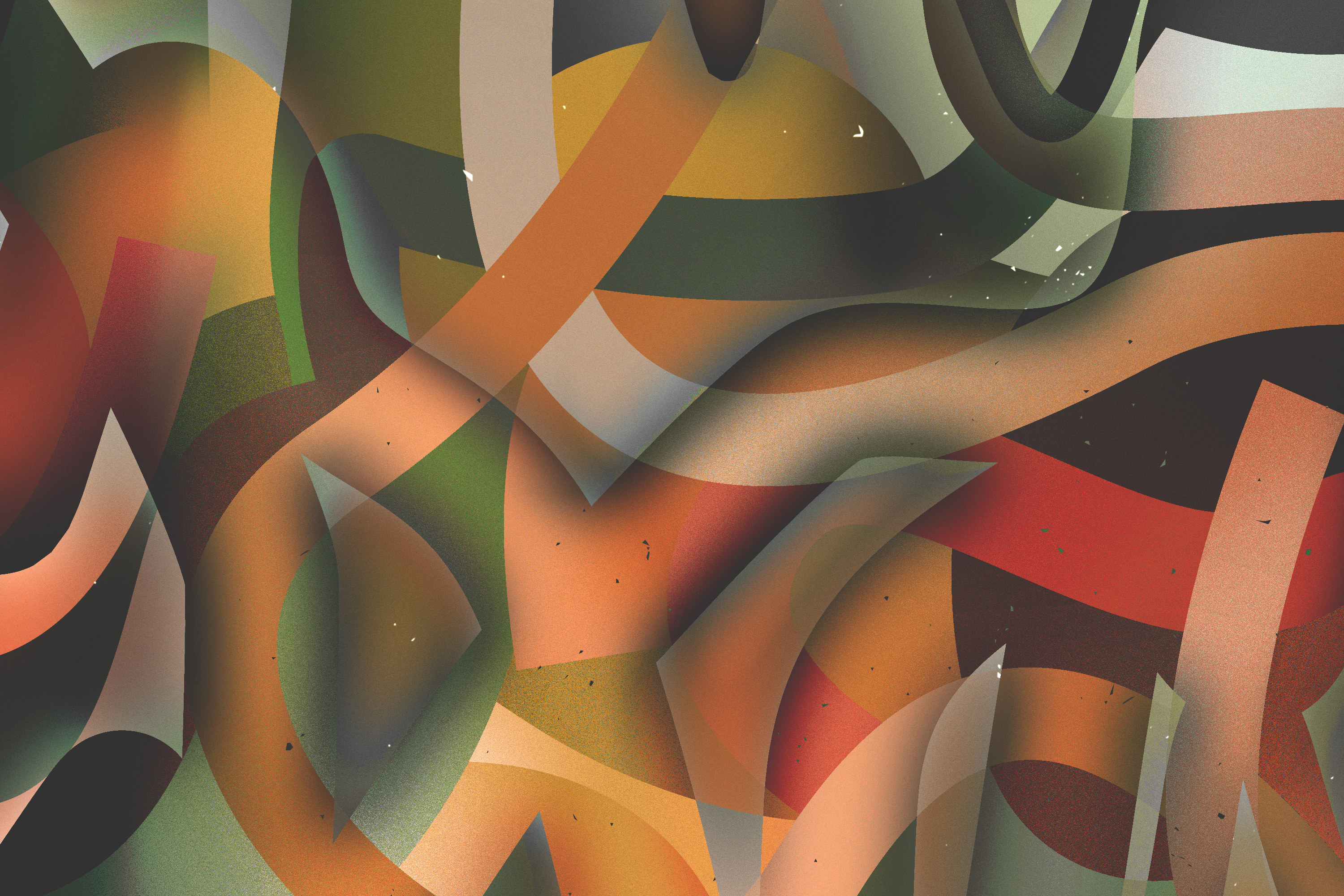Devotion: The Power of the Pipe Organ
Emma Warren on the surprising sonic qualities of an instrument essential to the devotional repertoire

There’s more to the pipe organ than solemn octogenarians limping tunelessly behind a congregation. At least that’s the idea behind Organ Reframed, a festival that commissions artists from Mira Calix to Low to make new music inspired by the 140-year-old instrument at London’s Union Chapel.
It’s mid-afternoon at the festival’s free Saturday afternoon session, and a sound designer is layering cut-up field recordings over power drones played out on the 2,000-pipe instrument tucked behind the altar. It’s purposefully hidden away: The building was designed to maximise sound, which included moving the organ out of sight so as not to distract the attendees from the full glory of the sonics. Above the altar is a huge stained-glass window in the shape of a rose which shows eight angels – one sat in each petal – playing harps and pipes and all manner of celestial music-making devices. It’s devotional music central.
The Chapel’s community coordinator Emma Stell is standing at the back. “The design was deliberate, as if the building were exuding music,” she whispers. “The music is part of the fabric of the building. It isn’t the biggest organ, but it’s how it relates to the space that makes the quality of sound so remarkable.”
The organ was early doors surround sound.
Whilst the organ is strongly associated with church in Western Europe and America, it wasn’t always so. Its predecessor, the hydraulis, was conceived in 246 B.C. by Greek inventor Ctesibius of Alexandria. Ancient writer Athenaeus describes it being used in a range of private and public settings and raves about his first encounter, when his friends heard the “beautiful harmonies” being played from a neighbour’s house: “All of us charmed by its melodiousness turned our attention to it.” The pipe organ that evolved from the hydraulis was so ahead of its time that, according to Scientific American, it remained the most complex man-made machine until being superseded by the telephone exchange in the late 19th century.
Organ-building spread across the Roman world, becoming lost when the empire rolled back in the late 4th century, leaving Western Europe in the Dark Ages. This period is largely undocumented, because whatever happened, it didn’t give people much time to leave writings or artworks for future historians to pore over. By 900 A.D., organs reappeared, first as high-status gifts from Eastern Europe and the Middle East to the cold, dark West. From rich homes they moved into rich monasteries and cathedrals, and eventually into churches. Their journey into devotional spaces wasn’t a given – Christian churches in Eastern traditions generally don’t contain pipe organs.
Once embedded inside churches, the organ developed into a key part of the western devotional repertoire. “The organ was early doors surround sound,” says Church of Sound promoter Spencer Martin, “enveloping the people with a righteous feeling of divinity so that they can lose themselves and release their inhibitions in order to give it both barrels on the hymns.”

Martin should know: He has a working relationship with two organs in London’s East End. First there’s St. James the Great, home of Church of Sound, where beat-loving jazz musicians like Ruby Rushton and Emma-Jean Thackray reshape the songbooks of classic artists like Wayne Shorter or Mulatu Astake before rolling out their own righteously individual sounds. The second is All Saints in Haggerston, where Martin plays the organ every Sunday morning. He picked up the gig after cycling ’round London churches scoping out vicars who’d allow him rehearsal and recording space in exchange for his skills as an organist. He struck lucky with All Saints, who then introduced him to the Reverend Rosemia Brown at St. James, who welcomed Church of Sound into the flock.
Where Martin used the organ as a passport to rehearse, record and promote nights, Organ Reframed promoter and Quietus co-signed musician Claire M Singer’s thing is drone. You want what Andrew Weatherall once called the “deep hum that underpins it all”? The organ has it all. Singer, who organised Organ Reframed, writes “massive” 25-minute drones, using chopsticks to hold the sound and then working the wind in the pipes.
“It’s the most powerful instrument,” she says. “It’s installed in a space, the space is part of that instrument and being inside of that space it’s very much resonating through you… The pure extent of the bass and how it can travel through air is amazing.”
A study in the early 2000s found that organs transmitted frequencies under the 20 Hz audible to the human ear, and that these frequencies could instill “religious” feelings in listeners. 750 people were invited to listen to contemporary music “laced” with 17 Hz sounds played at six to eight decibels, and reported that odd sensations increased on average by 22% when the extreme bass was present.


There’s another incredible story that connects the organ’s inherent bass power to the soundsystem pioneers that operated in London from the late 1960s onwards. Author Stephen Bicknell describes “one of the odder episodes in the history of English organ building” in his book, The History of the English Organ. In 1684, the two top organ builders in London, Bernard Smith and Renatus Harris, were vying for the contract to build a mammoth pipe organ at Temple Church. The process was electrified by the proposal that Smith and Harris build an organ each, and the promise that the church would purchase the instrument that showed “the greatest number of excellencies.”
The church strung the decision-making out for three years, during which the organ builders went to great lengths to showcase their excellencies. Smith had famed organist John Blow and esteemed composer Henry Purcell demonstrate his organ’s sounds. Harris drew a regal card and brought out the Queen’s organist, Giovanni Battista Draghi.
“According to the composer Roseingrave,” writes Bicknell, “Harris’ followers are supposed to have sabotaged Smith’s organ on the night before the trial of the [new] reed stops by cutting the bellows. Harris claimed that several of his pipes had been ‘cut and spoiled’ and after this he had to employ a watchman day and night for three years at five shillings a week.” 17th-century beef, it seems, was just as intense as the rivalries shown in soundsystem-era films like the Dennis Bovell-soundtracked Babylon.
Eventually, Smith was deemed to have won, Harris refused to accept the decision and challenged Smith to a rematch – to no avail. In June 1688, Smith was finally paid £1,000 for the organ and went on to create another during the construction of the famous Wren-built cathedral, St Paul’s.
Back at Church of Sound, the musical excellencies are lining the pockets of the church’s organ restoration fund. The promoters donate “around £400-500 a pop” and the pot is heading up towards the £10k mark. “Hopefully they’ll have a banging organ eventually,” says Martin, adding that they’re hoping to get someone to play it at Church of Sound in next spring, even if they have to move a few degrees away from the spiritual jazz songbook that powered their nights so far.
“For a lot of people coming to a church is a rare experience, so they get that jolt of the senses,” says Martin. “It’s a reset button. When I think about things being devotional, I’m always thinking of ridding yourself of your sense of being, giving yourself up to what you might think is a higher power, or something greater than yourself. I suppose many people are doing that when they enter church and immerse themselves in the music. Whether or not something is devotional is up to the individual – but it’s only achievable by the masses.”
Illustrations by Ben Clark

